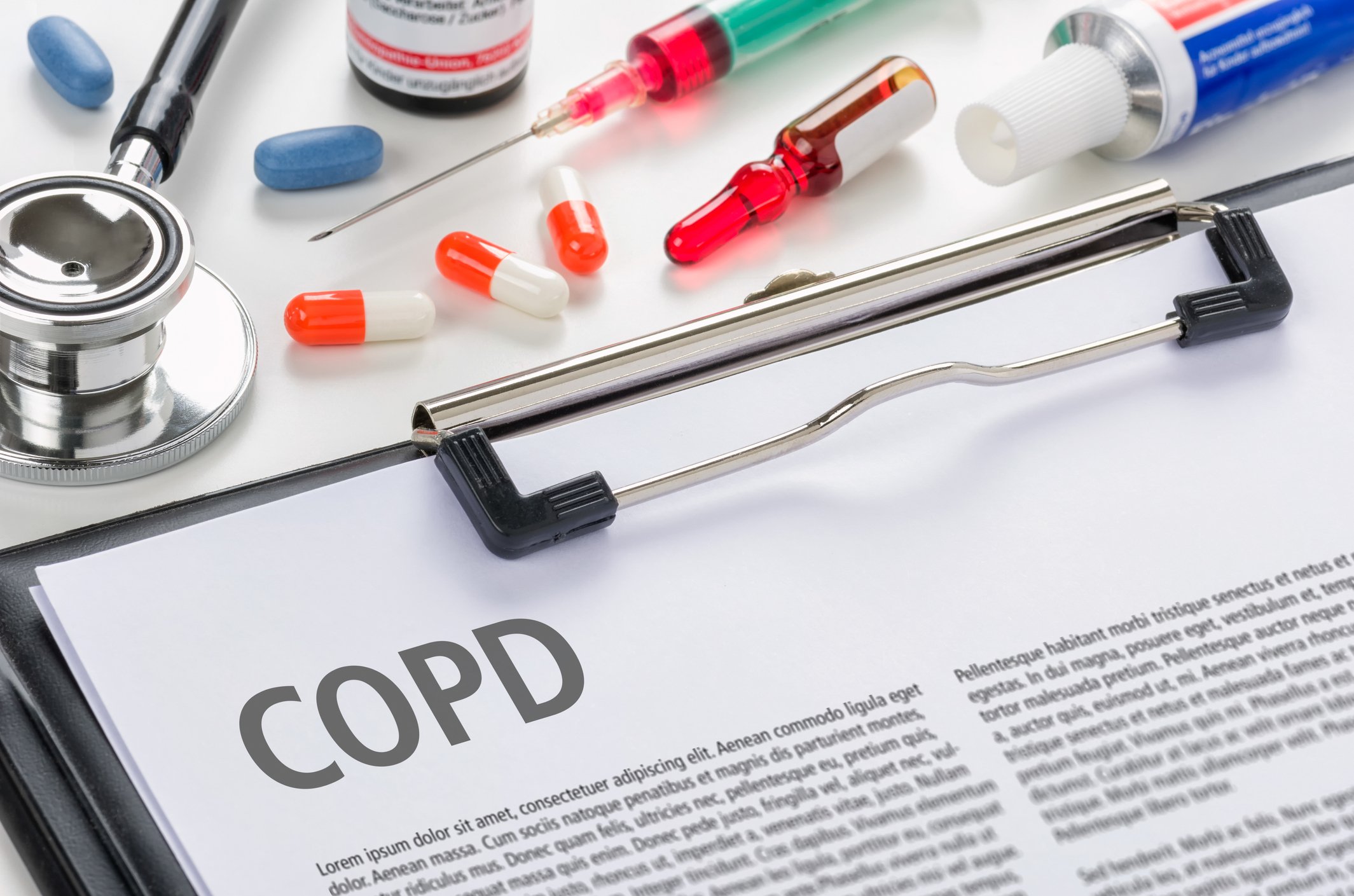
Chronic obstructive pulmonary disease (COPD) affects almost 12 million people in the United States. Though people of widely varying health profiles can develop this disorder, it is more common among people who smoke. Suctioning these patients demands skill and compassion. Here’s what you need to know about suctioning a patient with COPD.
Why Patients with COPD Need Suctioning
Chronic respiratory disease increases the risk of respiratory emergencies such as aspiration, pneumonia, and some infections. As a progressive disorder, COPD tends to get worse over time. This means that patients may need frequent emergency care, or may need to be placed on a ventilator.
Additionally, COPD causes an increase in airway secretions that may occlude the airway. This may demand regular suctioning, particularly for patients with artificial airways. Patients with COPD may experience shortness of breath and struggle to breathe. The disorder also interferes with gas exchange. In the late stages of the disease, a patient may be unable to exhale sufficient carbon dioxide, potentially triggering hypercapnia and a host of other complications.
Indications for Suctioning
COPD is not in and of itself an indication for routine suction. It only suggests that a patient is at risk for respiratory distress. The indications for suctioning a patient with COPD are the same as those for suctioning any other patient, and include:
- Airway secretions in a tracheostomy tube
- Inability to clear airway secretions
- A barking or moist-sounding cough that is not productive
- Increased respiratory effort
- Retained secretions that are causing a patient to panic
Except in certain airway emergencies, you should reserve suctioning only when all other airway clearance attempts have failed.
Routine suctioning of ventilated patients may improve outcomes. Regular suctioning reduces exposure to pathogens and contaminants, helps maintain a patent airway, and can improve patient comfort.
Hypercapnia and COPD
Carbon dioxide toxicity is one of the risks of suctioning. In patients with COPD, this risk is higher because of their inefficient gas exchange. Care providers must be mindful of this risk and practice diligent, careful suctioning. Preoxygenate the patient before suctioning, and limit suctioning to no more than 10 seconds. Reoxygenate after suctioning, and continue monitoring the patient’s vital signs for at least 10 minutes following suctioning, because hypercapnia tends to increase during this period.
Post-Suctioning Care
Evaluate the patient after suctioning. Sometimes the sole problem is difficulty clearing the airway, and suctioning offers temporary relief. In other situations, however, there may be an underlying issue such as aspiration or pneumonia. These patients need follow-up care. Though COPD is a progressive and terminal condition, infections do not have to be fatal. Prompt aftercare can prolong a patient’s life and reduce suffering.
Encourage patients with suspected COPD to follow up with medical providers for an accurate diagnosis. The right care may inspire patients to adopt a healthier lifestyle, quit smoking, and follow medical recommendations. This can slow the progression of the disease and add years to a patient’s life. Do not assume that a patient with COPD is getting medical care. Ask them about treatment and encourage non-emergent patients to follow up with their primary care providers.
Choosing the Right Equipment
COPD airway emergencies commonly occur when a patient is unable to clear their airway, increasing CO2 and reducing oxygen intake. This demands prompt emergency care. However, these patients may also have coexisting conditions–obesity, dementia, or mobility impairments—that make it difficult to promptly transport them. A portable emergency suction device allows you to tend to patients immediately, including in emergency department waiting rooms, nursing care facilities, and in their own homes.
You don’t have to choose between immediate suction and reliable, consistent suction. The right device delivers both. For help choosing the right suction machine for your agency, download our free guide, The Ultimate Guide to Purchasing a Portable Emergency Suction Device.
Editor's Note: This blog was originally published in May of 2022. It has been re-published with additional up to date content.















